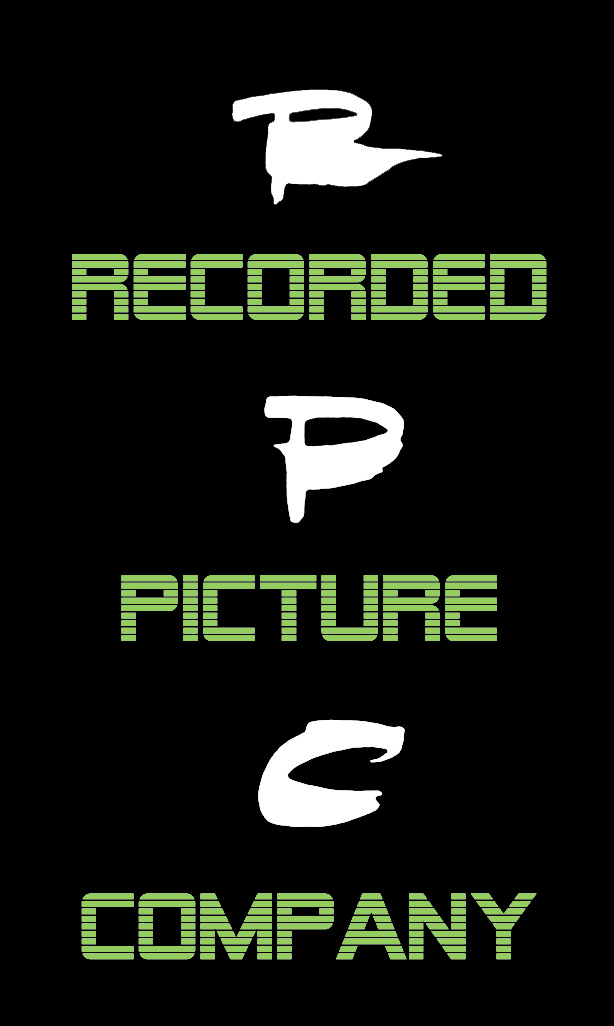Smuggling the Impossible into Reality: an Interview with Jeremy Thomas
David Bowie and Nagisa Oshima on the set of Merry Christmas Mr. Lawrence (1983)
JONATHAN MURRAY – CINEASTE MAGAZINE – Spring 2017
Jeremy Thomas can claim as extensive, adventurous, and audacious a career as that of any living film producer. His CV to date impresses in terms of quantity (sixty producing or executive producing credits), quality (collaborations with Bernardo Bertolucci, David Cronenberg, Nagisa Ôshima, Nicolas Roeg, and many other distinguished directors), and diversity (features covering a multitude of film genres and traditions and shot in all corners of the world). Moreover, Thomas shows no signs of becoming more conservative or less productive as he approaches the fiftieth year of his filmmaking career. The current decade alone has seen him collaborate on no fewer than sixteen features or features-in-progress, a list that includes work with Wim Wenders (Pina [2010]); Takashi Miike (13 Assassins [2010], and Blade of the Immortal, currently in postproduction), Jim Jarmusch (Only Lovers Left Alive [2013]), Ben Wheatley (High-Rise [2015]), Matteo Garrone (Tale of Tales [2015] and Pinocchio, currently in preproduction), and the Academy Award–nominated Kon-Tiki by Joachim Rønning and Espen Sandberg [2012]).
Thomas’s remarkably energetic, enthusiastic, and enquiring self-immersion in the art and business of filmmaking is testament to a life lived from its very outset in cinema. Born in London in 1949, the son and nephew of British filmmakers Ralph Thomas and Gerald Thomas respectively, Thomas grew up around the environs of Ealing Studios and Pinewood, two of the most enduringly evocative names in U.K. cinema history. He left school at the earliest possible opportunity in order to make movies and has not looked back since. Cineastemet with Thomas twice during 2016: a public interview at the Edinburgh International Film Festival in June and a subsequent one-on-one conversation in September at the offices of Thomas’s Recorded Picture Company in central London. On both occasions, Thomas was generous, self-effacing, and highly forthcoming about his distinguished career specifically and the evolution of the movie business more generally.
Because of the cumulative length of our conversations with Thomas, the primary version of this interview appears in our current print issue (Vol. XLII, No. 2, Spring 2017); what is presented online here is the unprinted remainder of his remarkable array of personal and professional memories, anecdotes, and insights.
Cineaste: At what point in the production process would you start to think about, or have a guiding input into, casting? Would that happen early on?
Jeremy Thomas: Yes. I’m doing a new film with Matteo Garrone now, and we’re talking about who’s going to be in it. I need some names, I need some people, I need to make some sales. But I do believe that cream rises to the surface—generally, not exclusively. Therefore, when you’re casting actors of maybe about age thirty, you’re drawn to the people who have been attractive to people as good actors. It’s not very complicated. Obviously, casting unknowns, however good they are, is not going to make a film attractive enough. I’m not making low-budget films, although I do support that. Occasionally, I’ll work on a film like that with more of a helping role, and star casting is not necessary because the films have a certain quality: you can’t put stars in a Bhutanese film shot in Dharamsala. But with a film that you want to be a contender on any commercial platform, you need stars or a very strong wind behind you. Even a Palme d’Or doesn’t help today.
Cineaste: Do you think that’s something you’d already learned in your childhood? Pinewood Studios and the J. Arthur Rank Organization in the 1950s and ’60s understood the importance of sellable and attractive actors and that was always part of that historic production model.
Thomas: Very much: there was the “Rank Glamor School.” The actors were contracted and the director had to work with those actors. Occasionally, they would supplement them with a Hollywood star, but there was a basic film factory with a full- service studio: contracted stars, cameramen, editors, and a prop store. Everything you needed was there to make a film. Carpenters, electricians, and riggers were all there on the payroll. So, it was a different system and the job in hand was making entertainment—films that would fill U.K. cinemas at a time when there was no television or DVD. Then the world changed: the world became full of screens, but not in cinemas. Today, we very seldom consume our films in the cinema. Even film professionals and critics consume them online.
Cineaste: You’ve mentioned this idea of your personal taste as something that you see linking the films you’ve produced. Could you say a bit more about that? What do you feel the defining characteristics of your taste are? And how did it develop in the first place?
Thomas: We all have taste about things we like that we develop ourselves. It’s nothing to do with resources. Punk showed us that you could be the most fashionable person in the world with a few safety pins and some ideas. My taste relates to areas in which I’m choosing to work. I never merely make a film because I think it’s going to hit the market. I’m making it because I like the people and the subject involved, and I think it’s going to hit the market, but it’s not made for the market—it’s made for a passion. I join somebody’s passion or they join my passion. And it’s worked: I’ve managed to have a long run, a longer run than many. I’m still running, maybe not on eight cylinders, but on seven. I’m still pushing hard to find original films, original ideas, original filmmakers, and enjoying my journey through cinema that has had some incredible highs and some incredible lows. I still wake up every day thinking about the movies.

